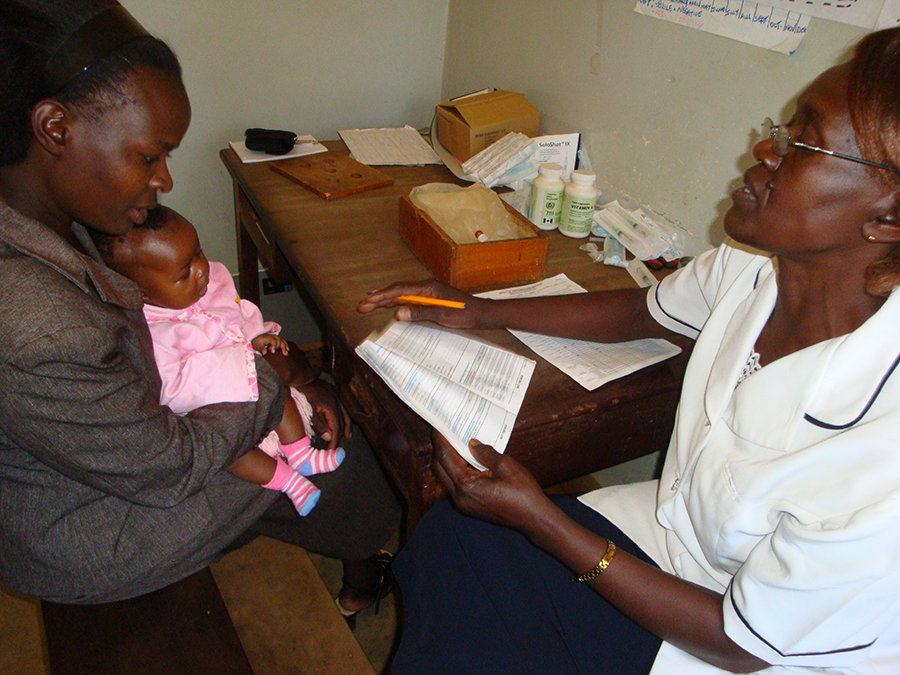The ‘What’ and ‘How’ of Communication for Immunization – Part Two
“The way we communicate with others and with ourselves ultimately determines the quality of our lives”
– Tony Robbins
Yesterday’s blog discussed the “what” of immunization communication. Today, we discuss the often-challenging “how”.
 Communication and behavior change are part of social science, which – in the immunization context – can be applied in different ways depending on program needs, communities, networks, and country realities. Even with standardized guidance like the Reaching Every District (RED) approach, there is no one-size-fits-all for how to make communication most effective. Immunization programs do have several decades of experiences to build upon, however.
Communication and behavior change are part of social science, which – in the immunization context – can be applied in different ways depending on program needs, communities, networks, and country realities. Even with standardized guidance like the Reaching Every District (RED) approach, there is no one-size-fits-all for how to make communication most effective. Immunization programs do have several decades of experiences to build upon, however.
So, HOW is communication for immunization done??
At country level:
- Supporting districts to identify and develop links/partnerships with community structures and networks (e.g. religious groups, women’s groups, NGOs, traditional leaders) and to strengthen this component within their RED workplans and strategies.
- Enhancing community ownership by fostering community involvement in planning, monitoring and utilization of immunization services (e.g. conduct planning meetings with communities, provide them with status on immunization indicators, involve them in tracking newborns and immunization status of all children under two years of age, include them in organization of service schedules, locations and times).
- Strengthening capacity (through training, supervision, feedback) of health workers/vaccination teams to plan and communicate immunization services effectively and actively with clients and the community (e.g. through communicating immunization data and using child health cards as reporting and information-sharing tools).
At global and regional levels:
- Documenting and disseminating country best practices and commonalities in working with communities to empower them to strengthen services and increase coverage and utilization.
- Adapting country experiences and case studies into electronic reference materials (e.g. websites, listserves), field guides and modules that address the community linkage component within RED.
- Liaising with and provide technical support to inter-country experience exchange and to strengthen the immunization component in community activities of NGOs and field-oriented partners.
- Promoting increased attention to linking communities and services through regional initiatives and fora.
Below are some additional references:








Leave a Reply
Want to join the discussion?Feel free to contribute!